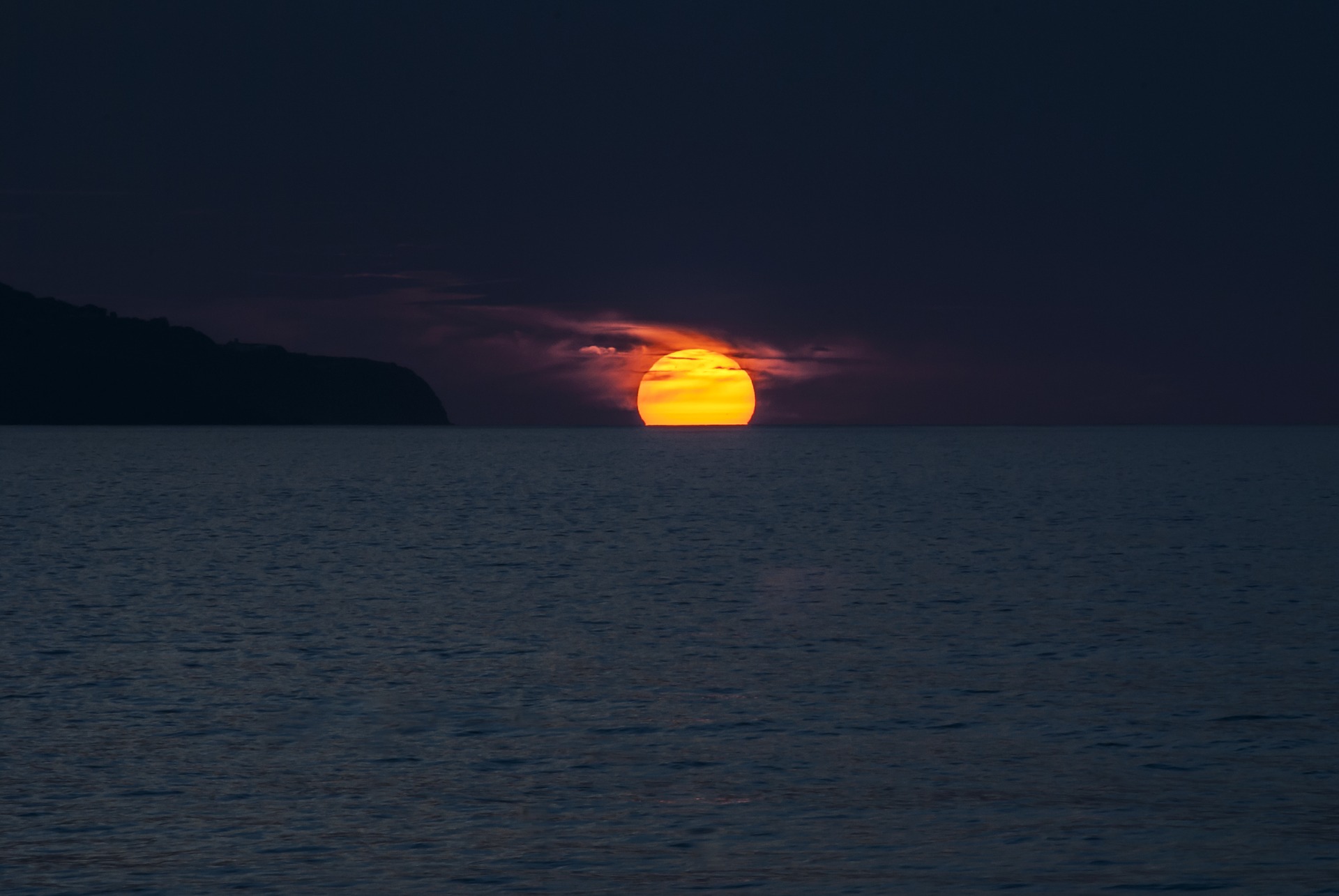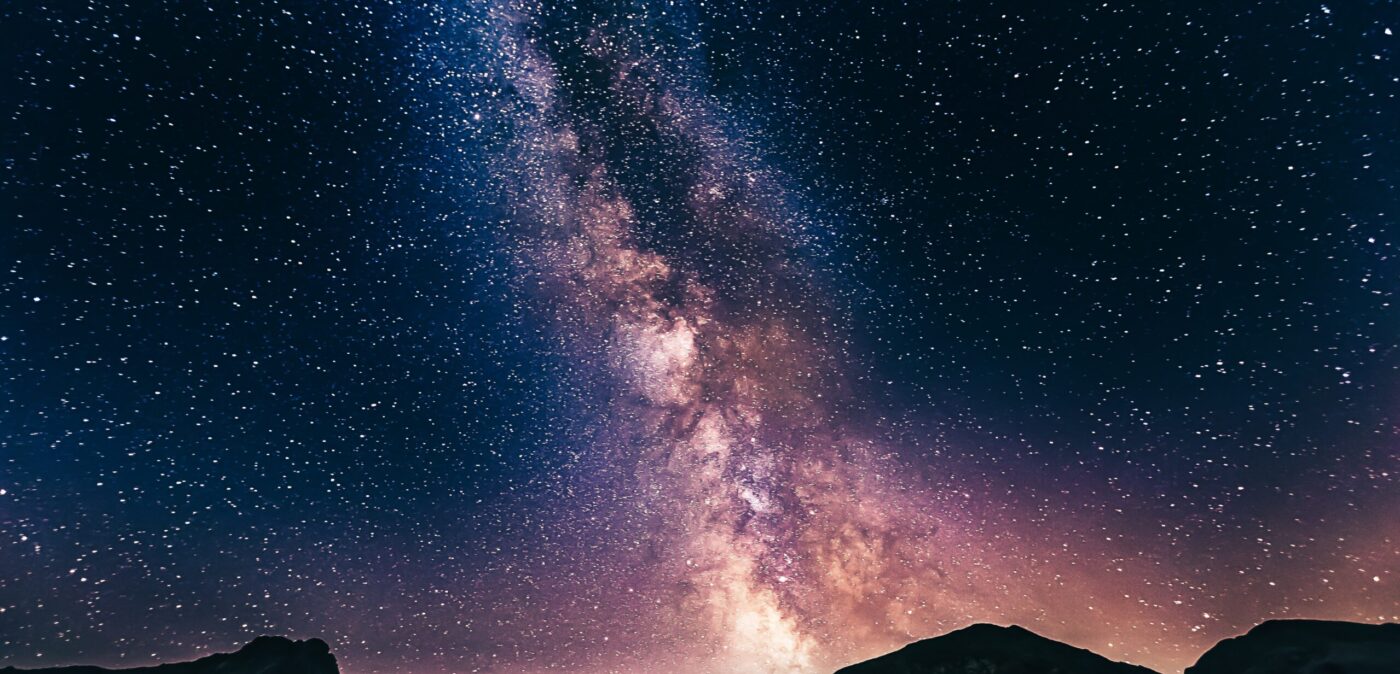
The Death of a Star
So little is known about our home and even less is known about the universe. One thing that’s clear, however, is that organic life (like us) requires an energy source to provide heat and light. Our sun creates this and through it, life as we know it survives. But what will happen when our sun runs out of energy?
All stars are born out of nebulae. Simply put, nebulae are clouds of gas and dust floating around in outer space. Generally, they’re at least a few light years across. To put this size into perspective, it’s important to know that a light year is the distance that light travels in one Earth year. That’s the equivalent of going around the Earth 757,814,967 times! Compared to a nebula, Earth would not even be visible.
Contrary to the elegant pictures we see, nebulae are actually violent places. Disturbances deep within its clouds create what astronomers call knots. These knots have enough mass that they can start to pull in more gas and dust and cause them swirl around it through the gravitational attraction between them. The constant pressure against the center will cause it to heat up, forming a protostar. Eventually, the protostar will become a star (like our sun).
All stars are fueled by the processes of nuclear fusion. In this process, hydrogen atoms are slammed together to form helium atoms. The energy released during this process is the same energy that fuels the star. But nothing lasts forever. Even stars will eventually run our of hydrogen.
At that point, a star no longer has the fuel it needs to continue surviving, so its core will start collapsing in on itself. As the heat increases, the outside regions of the star start to swell outward. Since there is still a limited amount of hydrogen around the star, the fusion process will continue, but at inconsistent rates. This inconsistent reactions will cause the star’s light to fluctuate This is one of the main things that astronomers look at when trying to determine if a star is about to die.
At this point the star is expanding (like a balloon) and at one point it will explode. Depending on the size of the star, a variety of steps can occur next.
Average stars (like our own and up to 1.4 times the size) will continue to expand until the core is exposed. When the core is the only thing remaining of the star, it’s called a White Dwarf. These stars are typically the size of Earth, but have the same mass as the star they were before packed into the tiny space. Without a stable energy source to support it, White Dwarfs will eventually cool down and die out.
If a White Dwarf is near another star, its gravitational force may pull the outer layers of the star. After a while, when enough hydrogen is available, the star will experience a sudden burst of nuclear fusion. This cycle will continue with each burst being a couple of Earth days apart.
If the White Dwarf is big enough(near 1.4 times the size of our sun), then it will have the ability to explode completely into what is known as a nova.
If the star is over 8 times the size of our sun, then it will explode in a supernova (a more violent form of a nova) In this instance, the star’s core will collapse. This happens in a matter of seconds as the core shrinks from over 5000 miles long to just over a dozen and the temperature will shoot up to at least 100 billion degrees. When the core cannot collapse in any longer, it will expel its material out in a violent yet majestic explosion. The light created is so bright that it can outshine galaxies for weeks. On average, a supernova will occur once every century.
If the White Dwarf is not big enough (1.4 to 3 times the size of our sun), when its core collapses, the protons and electrons will simply combine to create what is known as a neutron star. These stars have an incredible amount of gravitational force and a powerful magnetic field.
If the star is over 3 times the size of our sun, then it will collapse completely to form a black hole.
From the remains of these process, new nebulae are eventually formed and the cycle will repeat itself. In a few million years, our sun will face one these fates, and by then, humanity will have had to found another home.
Resources:






Tagged #cassini, #clouds, #hexagonalstorm, #magneticfield, #saturn